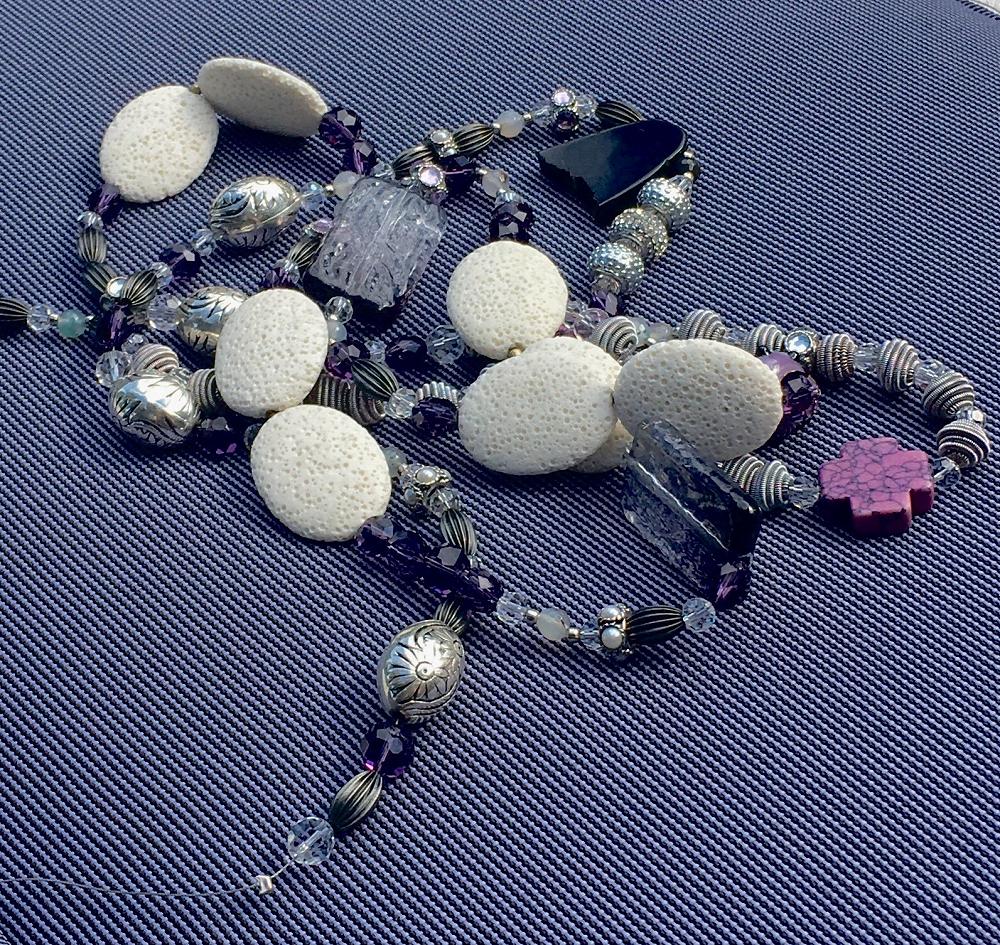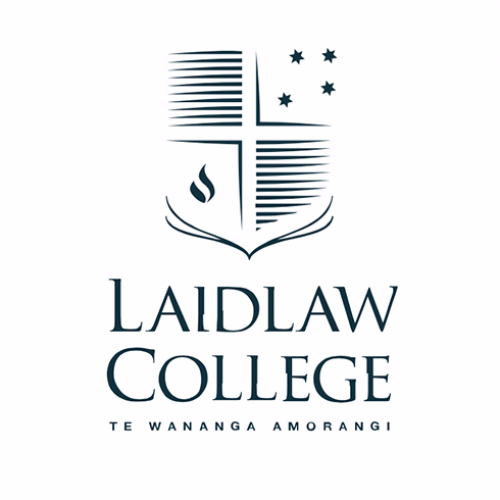
SYNERGEO
“It’s not good news, I’m afraid.”
It’s midday on a hot Monday in February 2018 and I’m alone, waiting. The plastic fan is roaring as it desperately attempts to push the humid air around. The phone rings. I’ve been waiting, and now my phone is ringing. The core biopsies they took on Friday afternoon have been analysed, and now there is a report in someone’s hands. All weekend I’d tried to be stoic, ready to face whatever came, whispering the words “we don’t know for sure, yet.” This fragile thread of hope hung between my husband Kevin and I while we waited. The phone is ringing and I answer.
The doctor has such a soft voice that I can’t hear him. I turn the fan off. “It’s not good news, I’m afraid.” It’s breast cancer. The heat engulfs me. I sit, I stand, I pace. Acronyms fly down the line. I try to catch them and tie them to paper. IDC, Invasive Ductal Carcinoma. Grade three cancer cells. Three is not good. I know this because I have been googling all weekend. I ring Kevin. “It’s not good news.”
Within ten days I have had surgery. I remember an overwhelming desire to have a plan, to put something in place to hold this “not good news.” This is my well-rehearsed response to life, getting on with it and having as much control as I can. But I have also had to share the news with my family, which is hard as my family has a history with breast cancer. It’s why I have been so diligent about regular mammograms. It’s why we caught my cancer at all. My mum is eighty-two and is a remarkable survivor. My sister-in-law and aunty were not. I didn’t want to burden anyone with my situation and yet I also wanted, and indeed needed, others with me. I’m noticing that it is hard to write that sentence about needing, even now.
Moving towns often as a child impacted me deeply and created in me a dichotomy. I hungered to be included and deeply known, yet would project a defensive, self-contained exterior. Asking for help felt like I was admitting that I needed it, which implied that I wasn’t doing something well enough. Being vulnerable ran the risk of being misunderstood, ignored or rejected.[1] All of which I was overly sensitive to and only served to reinforce the idea that needing was a sign of weakness. And yet I needed.
In 2010 I began my counselling degree at Laidlaw and was invited to consider the perichoresis between Father, Son, and Spirit as both the model and source of human relational existence and flourishing. Gunton describes the Trinity as “a communion of persons inseparably related”[2] and Genesis 1:26 proclaims that we were created in the image of God. For this reason, to be human “is to be created inand for relationship.” [3] Grenz argues that “ultimately we do not reflect God’s image on our own, but in relationship.”[4] Characterised by authenticity, reciprocity, and grace, these relationships “enable the self to be known most fully in the process of knowing another.”[5] For it is in and through these relationships that we not only grow to become the unique persons that God created us to be, but we will enable others to become who God created them to be.”[6]
It was both confronting and compelling to concede that I actually needed others to be a more authentic and flourishing self. To understand that it is only inside the event of reciprocating relational encounter, being with and for each other, that my unique personhood might be more fully realised, known, and included.
The impact of the “good news” found in this relational understanding of what it means to become a person has been life changing. I came to experience the risk of vulnerability as a step in the perichoretic dance of relational encounter. These steps make way and give room so that we can “treasure the otherness of the other,”[7] on behalf of being more fully known and knowing others. So when “not good news” arrived, tentatively, but intentionally, I chose to connect with friends and family. A friend had created an A to Z of how to (and how not to) talk to the dying.[8] The humour, honesty and authentic insight into what he and his family needed helped me consider what we too might need and how I might invite others to feel there was space to join us. It was hard to write that first email but I wanted to not only communicate information, but also to be known, right in the middle of it all.
Words of love and affirmation flowed in response, along with flowers, meals, and gifts. My book group gave me a beautiful piece of pounamu/greenstone, considered taonga (in Maori culture, taonga is an object or natural resource which is highly prized). Love moved me, finally, to tears. I was profoundly struck by the recurring theme of the genuine appreciation my friends expressed at being invited into my story. There was reciprocating, authentic encounter in the telling and responding to each other, of knowing and being known as we all responded to “not good news.”
As the oncologist broke my diagnosis into pieces – stage 1C, Triple Negative, with some vascular invasion – “fear” struck. I needed chemotherapy and radiotherapy and the impact of any stray cells left behind was terrifying. “Fear” knocked the air out of my lungs and hope out of my sight. Sleep, often medically induced, was the only escape from my anxious thoughts. Sadly, this peaceful respite shattered on waking and the dread-filled presence of “fear,” heavy and black, always returned. I felt so utterly alone and terrified.
I’m a counsellor, I remembered, so wondered what I might ask about “fear” if it arrived with a client. Seriously, despite being trained to reflect and notice these things with others I can still slip into default settings inside my own story. I began to try and see beyond the symptoms to the message that “fear” was suggesting I believe.[9] I discovered that I wasn’t being invited to feel anger or betrayal, although others do experience this. Rather, I uncovered a familiar invitation to withdraw, attached to some very well-rehearsed stories “fear” was more than happy to remind me of times when I felt alone, unknown and unknowable. As a child, I didn’t have the voice or agency to challenge these messages. But as an adult I began to refute these “fearful” claims. I reclaimed stories which testified to my experience of being loved and known.
I found that my story threads connected to that of the Trinity. The Father, able to hold and love the Son across life and death; who I know through the Son, who experienced the human condition fully; and the Spirit, who gifts include wisdom and knowledge, and who invites me to participate in their dance.[10] This knowing, and being known, by God and by so many others around me, soaked into every cell of my body, rather like the chemo, to surround and displace the aloneness of “fear.” “There is no fear in love” (1 John 4:18) and I bear witness to a theology of love, through the event of encounter with God and others, that is present to challenge “fear.” Love says “don’t be afraid, we will never leave you” (Isaiah 41:10) and “welcome, you are anticipated, come sit and join us, we have much to share and know of each other.”
In recovery, my personal counsellor highlighted the choices I had made at crucial times to keep being vulnerable and open to authentic encounter. In turn, I discovered many treasured moments from others that had now been integrated into my knowing of them. I decided to physically express my story of this time in a string of beads. It has been my privilege to thank the doctors, radiation technicians, friends and family and show them their own beads on this string as I share the impact they have had on me. The beads represent not only the “bad news” of procedures and fears, but also the “good news” where acts of vulnerability, skill, healing, and hope were introduced into my story. This theology of love is represented by sparkling glass beads which continue to throw their light into the dark fearful spaces.
Darlene Adair is Bachelor of Counselling graduate of Laidlaw College and is the group process coordinator at Laidlaw. Since writing this piece, Darlene has learnt that her cancer journey is continuing. As such, she is considering a new metaphor for life as well as the image of beads. Due to the beauty and depth of the piece, and with her permission, we offer you her reflection here.
[1] James H. Olthuis, The Beautiful Risk: A New Psychology of Loving and Being Loved (Grand Rapids, MI: Zondervan, 2001). Olthuis explores the impact of relational wounding and the healing process found in loving relational connection.
[2] Colin E. Gunton, The Promise of Trinitarian Theology, 2nd ed. (London, England: T&T Clark Int’l, 2003), 113.
[3] Colin E. Gunton, The One, the Three and the Many (Cambridge, United Kingdom: Cambridge University Press, 1993), 222.
[4] Stanley J. Grenz, Christian Perspectives on Gender, Sexuality, and Community, ed. Maxine Hancock (Regent College Publishing, 2003), 89.
[5] Jack O. Balswick, Pamela Ebstyne King, and Kevin S. Reimer, The Reciprocating Self: Human Development in Theological Perspective (Downers Grove, IL: IVP Academic, 2005), 20.
[6] Balswick, King, and Reimer, The Reciprocating Self, 40.
[7] Suzanne Selinger, Charlotte von Kirschbaum and Karl Barth: A Study in Biography and the History of Theology (University Park, PA: Penn State Press, 1998), 134.
[8] Murray Bean, “How to Talk to Someone Who’s Terminally Ill,” https://kiwibeak.wixsite.com/dexaplat/single-post/2016/12/07/How-to-talk-to-someone-whos-terminally-ill.
[9] Michael White, Maps of Narrative Practice (New York, NY: W. W. Norton, 2007); Dr Donald J. McMenamin, Two Islands and a Boat: Finding and Following a Vision (Tauranga, New Zealand, 2018).
White and McMenamin employ Narrative Therapy practices to explore the history and potential agendas of a problem story. I used this process to identify and examine “fear.”
[10] Catherine M. LaCugna, God for Us: The Trinity and Christian Life (New York, NY: HarperOne, 1993), 134.
